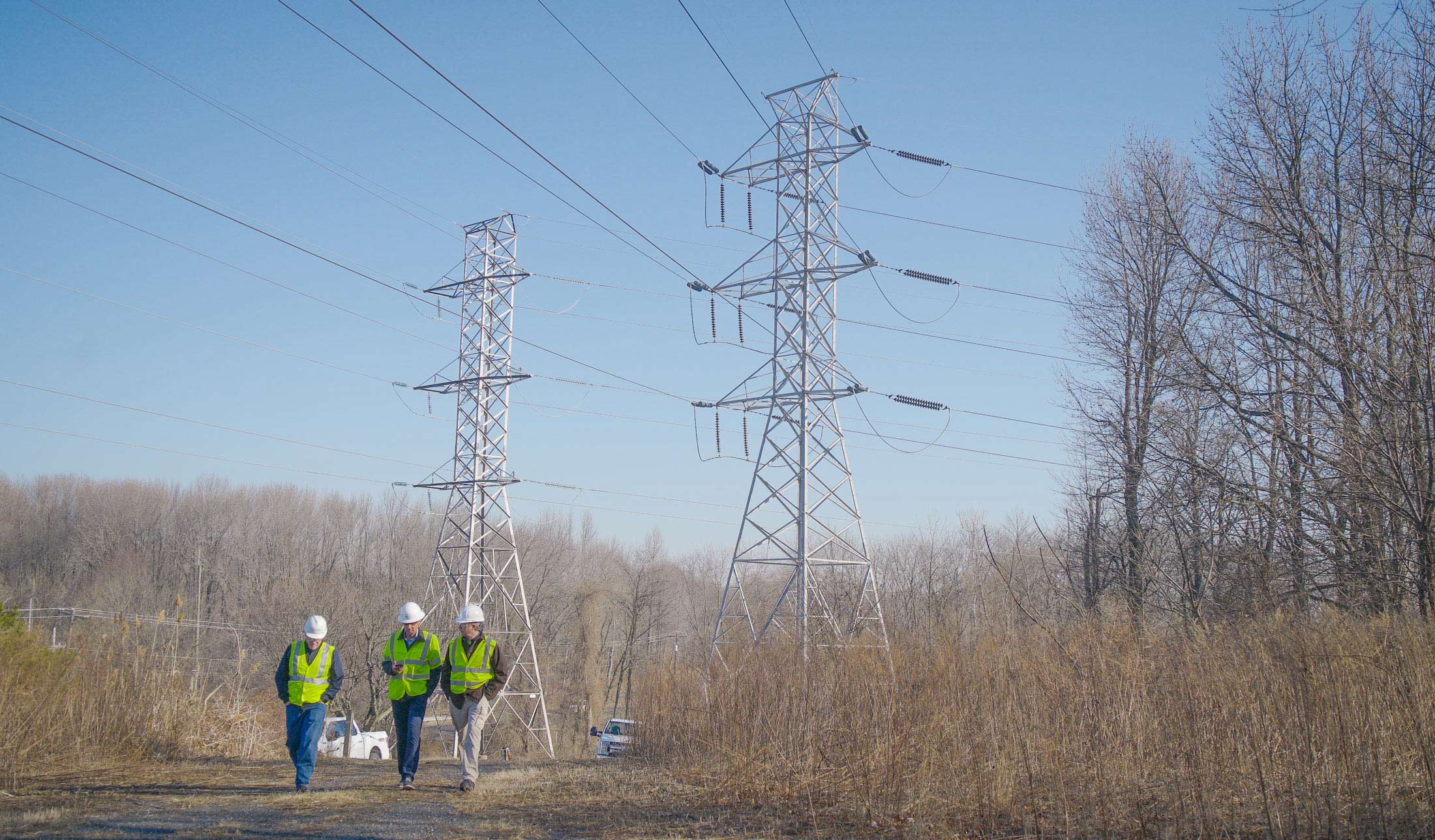One of the leading causes of electrical outages in the U.S. is vegetation interference with power lines, according to the
EPA. Unmanaged vegetation around utilities can also cause wildfires, soil erosion and water quality issues.
In addition, unwanted vegetation can cause environmental and safety concerns around rail lines, roadsides, industrial sites, forests and any electrical power infrastructure. It’s also important to make sure that vegetation does not block access to utilities for inspection, maintenance or repair.
As a result, utility management exists to control unwanted vegetation in order to prevent outages, reduce danger, maintain an asset’s performance and allow access to infrastructure. A crucial role within utility management is the utility management inspector.
We’ll go over the responsibilities and tools of a utility management inspector as we explore the crucial role they play in keeping the country running.
A utility management inspector has a number of responsibilities in making sure trees, weeds, bushes and other vegetation don’t damage or obstruct utilities. Typical duties are as follows:
It’s essential for a utility management inspector to be able to collect and report complete, accurate and detailed data from the field. These days, one of the most important tools for an inspector is a mobile smart device. Inspectors can now take photographic evidence along with automated location and time stamps, while reporting and assigning follow-up actions directly from the field. In the old days of paper forms, this level of efficient data collection was not possible.
Asplundh, a leader in utility management and one of the largest tree companies in the world, uses FastField, a digital forms workflow platform, for their mobile field reporting needs. Koby Cutchall of Asplundh explains:
“The integration of FastField itself makes my job a lot easier in the field. At the end of the day, I’m not taking the crew foreman’s paperwork and having to make sure it’s legible. The digital form makes it so much easier.”
With FastField, teams can easily create an inspection form with checkboxes, rich media capture, dropdown lists and auto-filled form fields to save time and reduce human error. With QR/barcode scanning, asset information can be instantly generated for inventory purposes.
With multiple stakeholders involved in a utility project, technology can also assist with communication and workflow management. FastField lets teams predetermine how and where forms get delivered from the field, with the ability to assign follow-up tasks. You can also track the status of all forms, receive notifications when safety or inspection scores are not up to par and view data insights at a glance on your dashboard.
